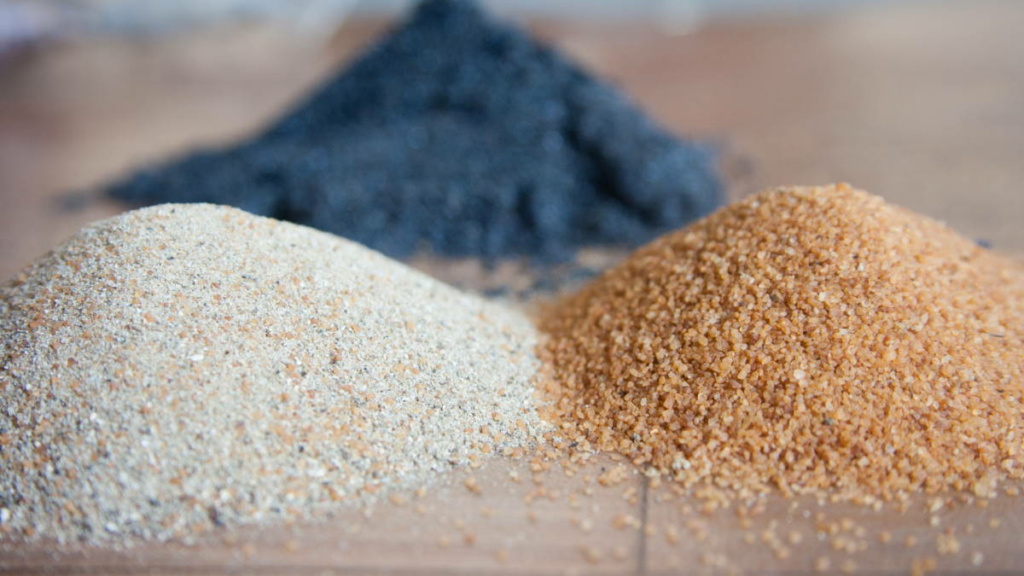
China’s rare-earth weapon is a grenade, not a clusterbomb
They pop up once in a while: reports about China considering export restrictions of rare-earth minerals or related materials and technology. The latest comes from Nikkei, suggesting that Beijing could curb exports of certain rare earths used for high-performance magnets as well as equipment to process and refine the coveted elements.
It’s the kind of move you might expect from a country that since the 1990s has dominated the rare-earth industry and that’s now being deprived of advanced semiconductor manufacturing through the concerted action of the US, Japan and the Netherlands. “The Middle East has oil; China has rare earths,” former leader Deng Xiaoping famously said. Current president Xi Jinping has paid a visit to a rare-earth mine more than once, each time fueling speculation about the weaponization of the strategic materials.
But after a failed attempt to do so over a decade ago, it’s no longer obvious that China’s rare-earth weapon is as powerful as it was once considered to be. In 2010, Beijing flexed its rare-earth muscles by trimming export quotas, only to find out that soaring prices rekindled interest in rare-earth mining across the world. Projects to reopen old mines or start new ones reassured markets and, within a few years, prices returned to normal levels. As a result, many prospective mining operations were canceled.
But not all. China’s demonstration of control over the materials also woke up Western governments and companies to their strategic dependency, prompting them to start weaning themselves off from Chinese imports. For example, US uranium miner Energy Fuels has started sending partially processed ores to Estonia for refining. Japan has built a strong relationship with Australia’s Lynas, slashing its imports from China. There’s even talk of starting mines in the EU.
So while there’s no denying that China still has a firm grip on the rare-earth supply, it’s clear that its monopoly power has limits. It can squeeze supply, it can do some tactical saber rattling about further disruptions and it can use rare earths as a bargaining chip, but if it goes too far, it risks another flood of investments into non-Chinese sources of supply. An all-out export ban would be a nuclear option.
Furthermore, China’s virtual monopoly doesn’t include mining. The Middle Kingdom increasingly relies on raw-material imports to satisfy surging demand from its own industries. Quartz reports that China’s share of global rare-earth mining output fell from 98 percent in 2010 to 58 percent in 2021 (in processing and refining, China managed to hold on to a much larger market share). Major suppliers of raw materials include the US and Australia – the dependency, up to a point, goes both ways.
Looking to tighten its grip on rare-earth supply once more, China is now scouring the earth for fresh deposits both at home and abroad. It increasingly finds the West on its way, either as Western companies scoop up the investment opportunities for themselves or by governments blocking (increased) Chinese involvement in mining operations. Greenland and Australia, for example, recently intervened in deals involving Chinese companies.
And so, tonne by tonne, the West tries to maintain the current balance of power, in which China may have the upper hand, but not nearly as much leverage as it would like to have.





